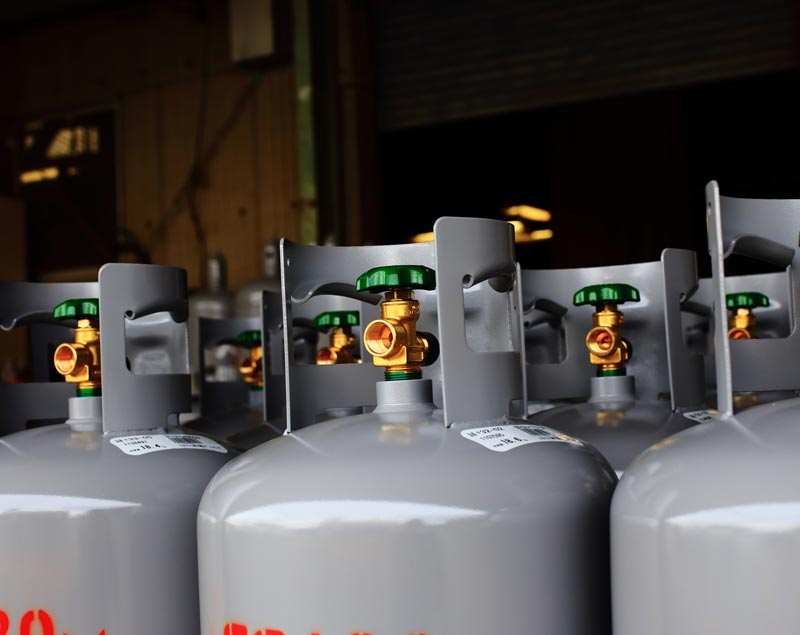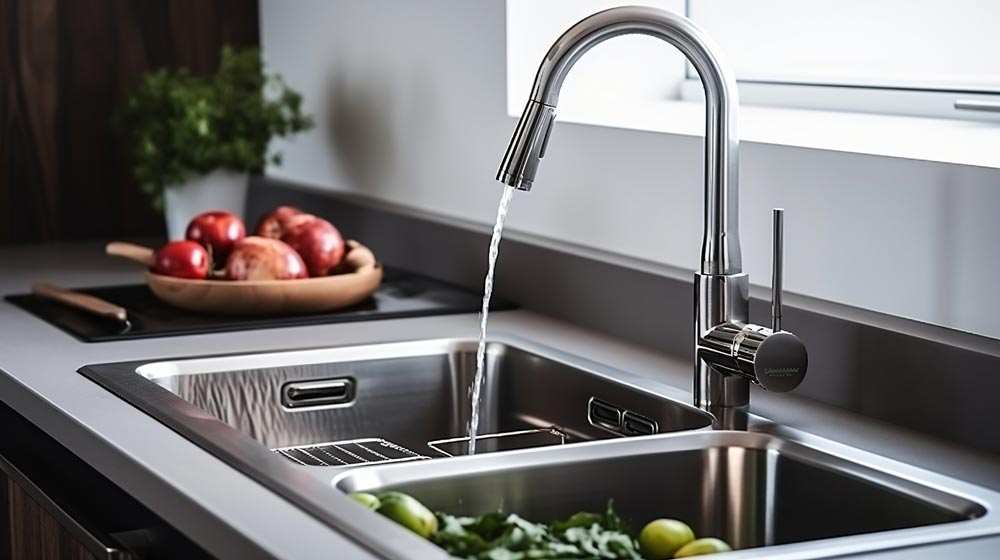When it comes to heating your home, there are numerous options available, each with its own set of advantages and considerations. One heating method that has gained popularity in recent years is radiant floor heating. Unlike traditional forced-air heating systems that rely on ductwork and vents to distribute heat, radiant floor heating works by heating the floor itself, providing a comfortable and efficient way to keep your home warm during the colder months. In this blog post, we’ll explore the many advantages of radiant floor heating and why it’s becoming an increasingly popular choice for homeowners.
How Radiant Floor Heating Works
Radiant floor heating operates on the principle of thermal radiation, whereby heat is emitted from a warm surface and absorbed by cooler objects in the room, including furniture, walls, and occupants. In a radiant floor heating system, electric heating cables or water-filled pipes are installed beneath the floor surface, either within a concrete slab (hydronic radiant floor heating) or on top of the subfloor (electric radiant floor heating). As the heated floor radiates warmth upward, it creates a comfortable and even heat distribution throughout the room, eliminating cold spots and drafts commonly associated with forced-air heating systems.
Advantages of Radiant Floor Heating
1. Superior Comfort:
One of the primary advantages of radiant floor heating is the unparalleled comfort it provides. Unlike forced-air systems, which can create temperature fluctuations and uneven heating, radiant floor heating delivers consistent warmth from the ground up, resulting in a cosy and inviting atmosphere throughout the room. With radiant floor heating, you can say goodbye to cold feet and drafty rooms, enjoying a luxurious and comfortable living environment year-round.
2. Energy Efficiency:
Radiant floor heating is highly energy-efficient, offering potential savings on your heating bills compared to traditional heating methods. Because heat rises, radiant floor heating warms the room from the bottom up, minimizing heat loss and maximizing energy efficiency. Additionally, radiant floor heating systems can be zoned to heat specific areas of the home, allowing for greater control over energy usage and optimizing comfort levels based on occupancy patterns and preferences.
3. Improved Indoor Air Quality:
Unlike forced-air heating systems, which can circulate dust, allergens, and other airborne particles throughout the home, radiant floor heating operates silently and does not rely on air movement to distribute heat. This results in cleaner, healthier indoor air quality, reducing the risk of respiratory issues and allergies for you and your family. With radiant floor heating, you can breathe easy knowing that your home is not only warm and comfortable but also free from airborne pollutants.
4. Space-Saving Design:
Radiant floor heating systems are discreetly hidden beneath the floor surface, eliminating the need for bulky radiators, baseboard heaters, or ductwork that can detract from the aesthetic appeal of your home. This space-saving design allows for greater flexibility in room layout and decor, giving you more freedom to design your space according to your personal style and preferences. Whether you prefer sleek modern interiors or cosy traditional decor, radiant floor heating seamlessly integrates into any design scheme, providing both warmth and beauty.
5. Silent Operation:
One of the most notable benefits of radiant floor heating is its silent operation. Unlike forced-air systems, which can be noisy and disruptive, radiant floor heating operates silently in the background, providing discreet and unobtrusive warmth without any fan or blower noise. This makes radiant floor heating an ideal choice for bedrooms, nurseries, home offices, and other areas where peace and quiet are paramount. With radiant floor heating, you can enjoy a peaceful and serene living environment without any unwanted noise or distractions.
6. Longevity and Durability:
Radiant floor heating systems are built to last, with minimal maintenance requirements and a long service life. Unlike forced-air systems, which can experience wear and tear on moving parts such as fans and blowers, radiant floor heating has no mechanical components that can fail or require replacement. With proper installation and regular upkeep, radiant floor heating systems can provide reliable and efficient warmth for decades, making them a smart investment in the long-term comfort and value of your home.
7. Compatibility with Renewable Energy Sources:
Radiant floor heating is compatible with a wide range of energy sources, including electricity, natural gas, propane, and solar power. This flexibility allows homeowners to choose the most sustainable and cost-effective energy option for their radiant floor heating system, whether it’s a grid-connected electricity supply or an off-grid renewable energy solution. Additionally, radiant floor heating systems can be integrated with solar thermal collectors or geothermal heat pumps to further reduce energy consumption and carbon emissions, providing a greener and more eco-friendly heating solution for your home.
Conclusion:
Radiant floor heating offers numerous advantages that make it an attractive choice for homeowners seeking a cosy, efficient, and comfortable heating solution. From superior comfort and energy efficiency to improved indoor air quality and space-saving design, radiant floor heating provides a host of benefits that enhance the overall livability and enjoyment of your home. Whether you’re building a new home, remodelling an existing space, or simply looking to upgrade your heating system, radiant floor heating offers a luxurious and practical heating solution that will keep you warm and comfortable for years to come.





